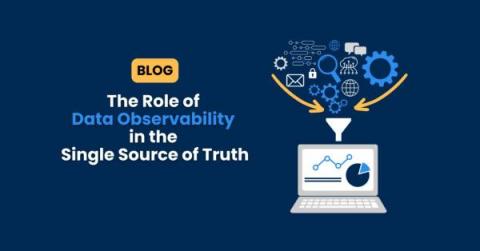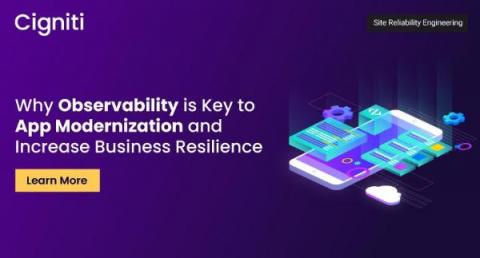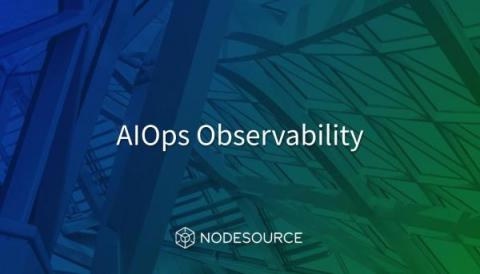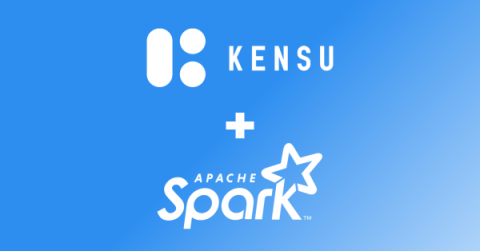The role of Data Observability in the single source of truth
Recently I read a very informative article by Stephen Catanzano in Tech Target (Avoid data sprawl with a single source of truth). To be honest, this is an age-old challenge, and it's getting worse. IDC states that by 2025 the global datasphere will grow to 175 Zeta bytes and that 90% of the data in the world is a replica. Why does this matter? As Stephen points out in his article, a single source of truth is a fundamental concept in data management.











